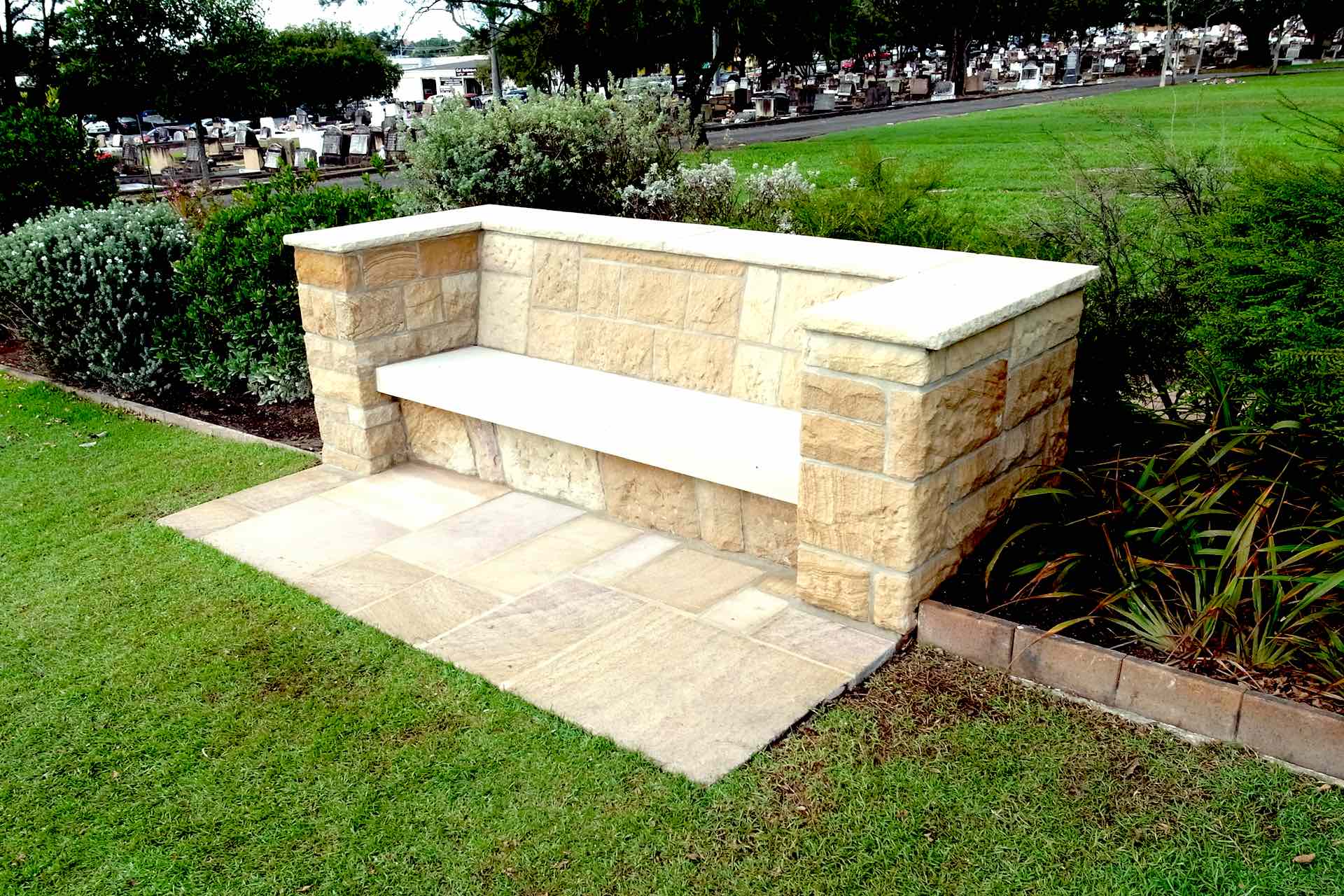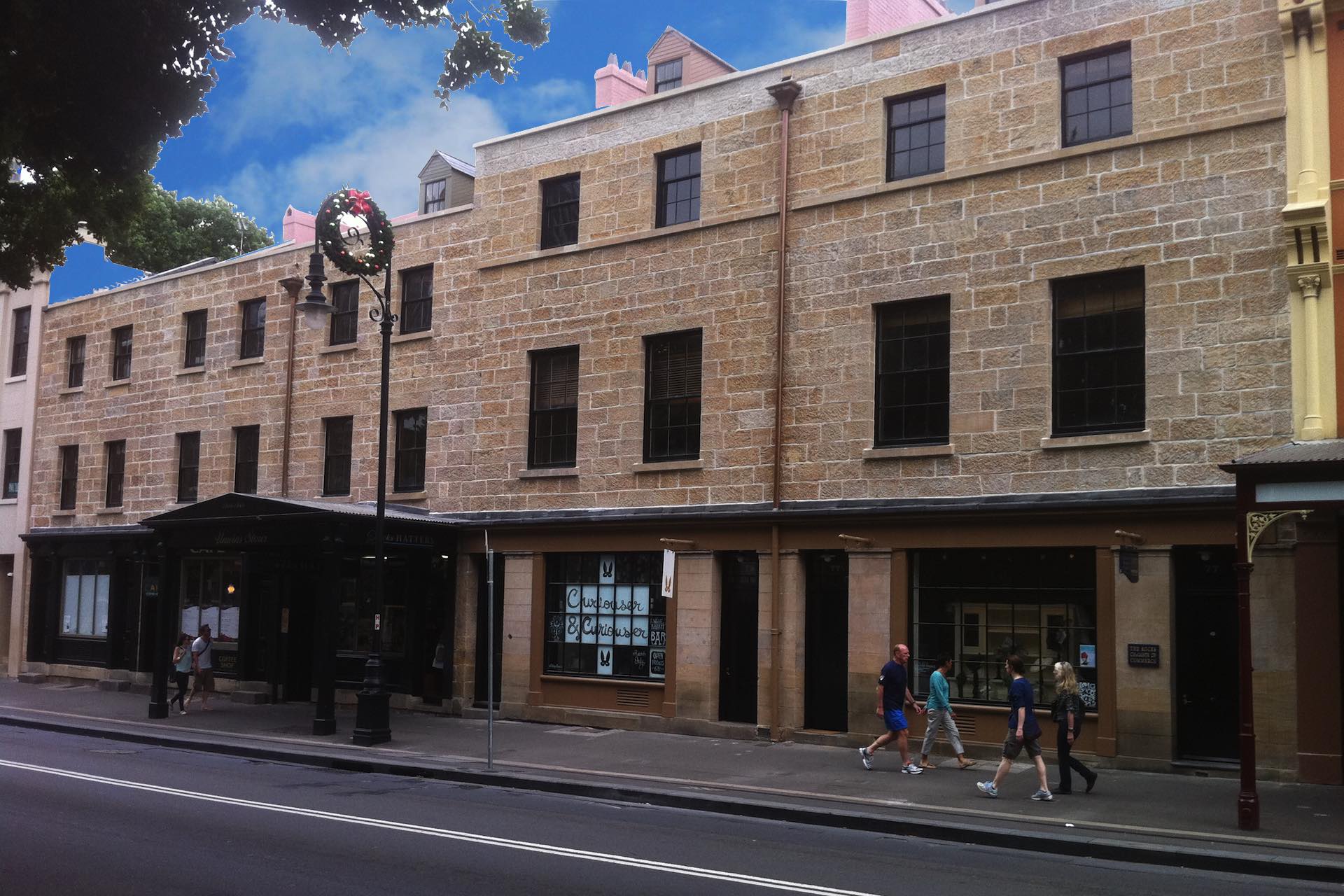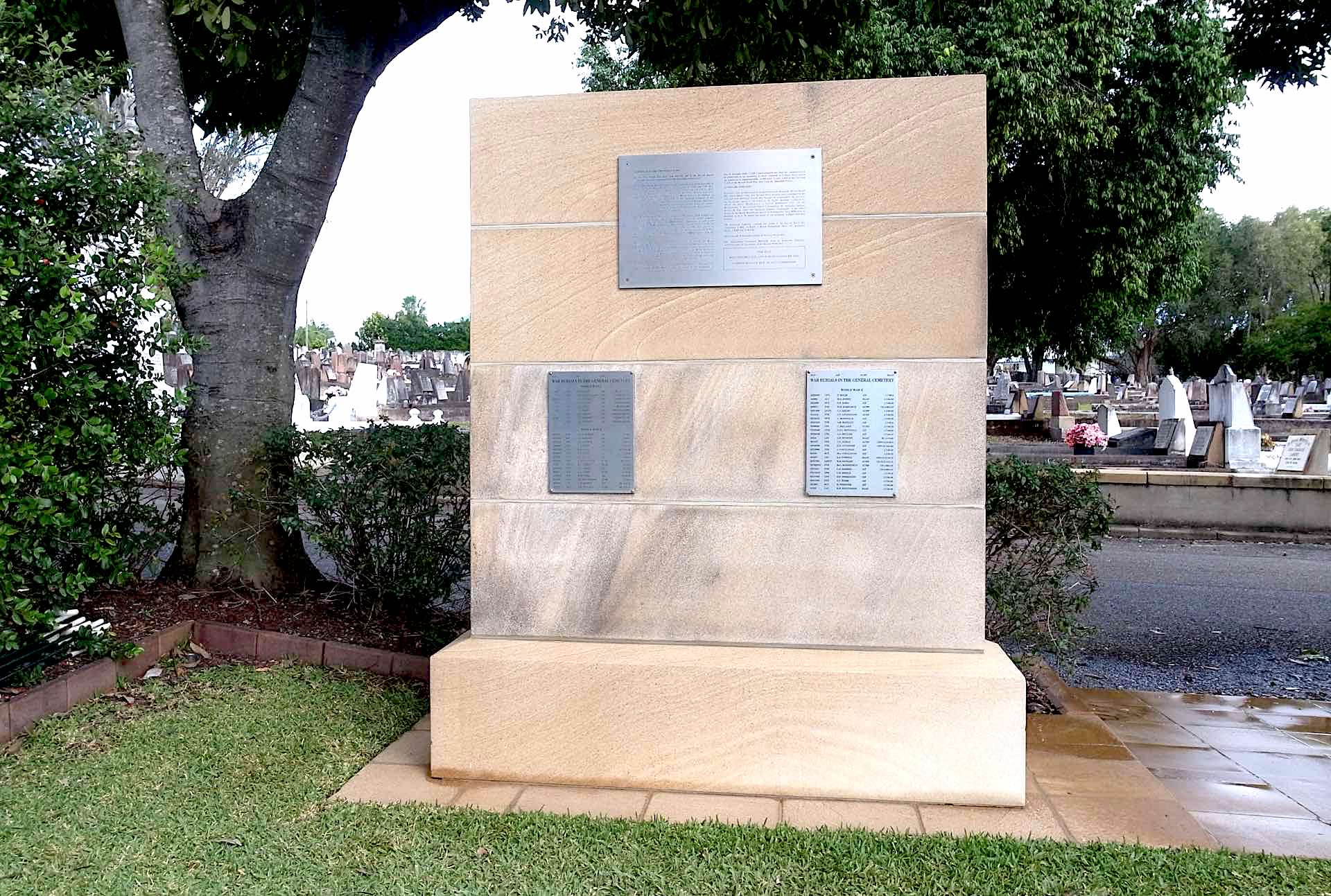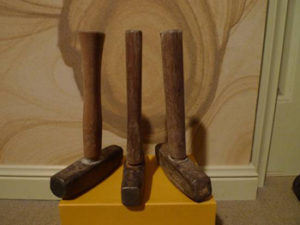
Each hammer was made specifically to work Stone. All have a balance and power far superior to any modern hammer. They came to me at various times in my life, and are strongly associated with the Men that gave them to me.
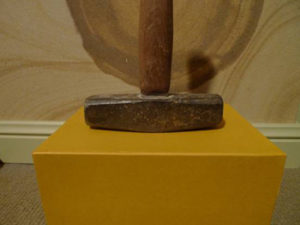
The first belonged to George Buck, a mason from South London, who, close to retirement gave me ; an Apprentice, one of his Hammers. “Too heavy for me nowadays boy”.
George was what was known as a “Workhorse”,in his prime in the 1930s. The term described one of those people life throws up that have a particular gift. In his case it was the ability to work stone faster than anyone else in the London Stone yards. Trollope & Colls, and Southwestern employed 100 stonemasons and 50 apprentices each between the wars. George was paid an extra penny an hour to set the pace. If you wanted to avoid being “given your cards” on Thursday you had to stay somewhere near “Bucky”.
Depression era Stonemasons did what they had to do in order to keep their families fed. There are stories of older masons deliberately incorrectly marking up stones, having a smoke as the younger journeyman followed suit, watching as the younger man cut into his job, thus destroying it. Then calmly rub the lines off their stone, and then re- apply the moulds and mark it up correctly.
George was a gentler man when I knew him, and passed on some of his skills, and his Hammer to me.
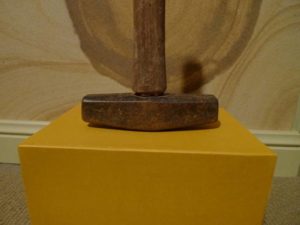
The second Hammer, came from Ron Johnson. Ron was a raconteur, with a sense of humour on the dry side of arid. This was lost on many and caused him to be banished from the mason’s shed to a windblown lean-to, where he would work away, unfiltered Camel cigarette in the corner of his mouth, smouldering, along with his anti-establishment, anti-authoritarian sentiments.
Once I was checking levels through a “ Dumpy” , and asked Ron to take a look through the eyepiece. He claimed he could not see “a bloody thing”, and knowing I came from the Old Dart said “ I’m used to squinting into the Australian sun Higgins, not peering through a London smog”.
Some of his messages were far less subtle. When asked to move a pallet of stone with a forklift, Ron said that this was not Mason’s work. The Quarry owner insisted. Ron proceeded to climb into the seat and drive the new forklift into a dam.The machine was completely wrecked, the Quarry owner apoplectic and Ron no doubt to his secret satisfaction, was never asked to drive a forklift again.
The Hammer, Ron insisted, was made by the Gosford Quarries Blacksmith “from the breech block of a 25 pounder cannon” and had in its previous life “hurled cannon shells at Rommel”.
Whatever the truth of the matter, whenever I use the Hammer, I think of the late Ron, the carbon monoxide bubbles rising to the surface of the dam as the Forklift breathed its last, and Germany’s celebrated General, cowering behind a rock, as the Hammer went about its deadly work.

The third Hammer, a ‘Fisher” was the stuff of legend.Spoken of in hushed , almost reverential terms by the older Masons in London. I never saw one myself and doubted they actually existed. I was told that “some bloke at Lincoln Cathedral” had one and I simply put it down to one of the tall tales apprentices are often the victims of and forgot all about it.
Decades later, my friend Phil Gates told me about a hammer head he had picked up at a farm sale in Eugowra in Central NSW. He told me it had a Makers mark stamped on it. “Was that Fisher”? I enquired. Phil said that he wasn’t sure, but would bring the Hammer head to work, which he duly did.
One morning, the big four pound Hammer head sat in my hand, a rumour given substance in cast steel, with the makers mark “Fisher” stamped on its sides.
Phil, being the generous and selfless person he is gave the Hammer to me.
So that completes the Trilogy. One day the Hammers will be “too heavy for me “, and I will pass them on.



